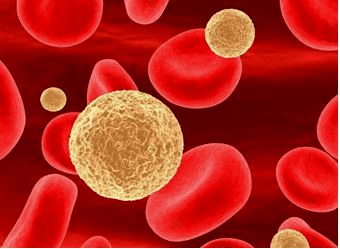COMPARATIVE CHARACTERIZATION OF ANTIOXIDANT PROFILE OF VITAMIN-E AND RED DATES IN PLACEBO AND TESTED GROUPS OF HYPERLIPIDEMIC PATIENTS
Keywords:
CAD, LDL, HDL, mortality, morbidity, preventionAbstract
Objective: Antioxidants are nutrients that help minimize free-radical damage to the body. Free radicals are highly reactive compounds that are created in the body during normal metabolic functions or introduced from the environment, such as by exposure to pollution and other toxins. Inherently unstable, free radicals contain "extra" energy which they try to reduce by reacting with certain chemicals in the body, which interferes with the cells' ability to function normally. Current study compared antioxidant characteristics of vitamin-E and red Dates. It was placebo-controlled conducted study conducted at general hospital
Methods: Lahore Pakistan from January 2018 to March 2018. LDL-cholesterol was calculated as total cholesterol- HDL-cholesterol-VLDL-cholesterol; VLDL-cholesterol was measured directly after ultracentrifugation. After one month therapy their post treatment lipid profile was determined and analyzed statistically by using SPSS version 2.2.01 2013. Paired ‘t’ test was applied for mean values with SD of the parameters before and after treatment.
Results: Results showed highly significant change in LDL-cholesterol of group-II patients but HDL-cholesterol was increased 6.6 mg/dl, still it was significant change with p-value of <0.01. In group-III LDL-cholesterol was decreased 10.9 mg/dl which is significant change with p-value <0.01. HDL-cholesterol in this group was increased 4.2 mg/dl which is non significant with p-value of >0.05.
Conclusion: Study concluded that red dates have antioxidant potential by lowering LDL-cholesterol in human plasma. But this effect is not comparable with hypolipidemic effects of Vitamin E as it also increases good cholesterol i.e. HDL-cholesterol.

Peer Review History:
Received 6 May 2019; Revised 10 June; Accepted 25 July, Available online 15 July 2019
Academic Editor: Rola Jadallah , Arab American University, Palestine, rola@aauj.edu
, Arab American University, Palestine, rola@aauj.edu
Reviewer(s) detail:
Ahmad Najib , Universitas Muslim Indonesia, Makassar, Indonesia, ahmad.najib@umi.ac.id
, Universitas Muslim Indonesia, Makassar, Indonesia, ahmad.najib@umi.ac.id
Dr. Marwa A. A. Fayed , University of Sadat City, Egypt, maafayed@gmail.com
, University of Sadat City, Egypt, maafayed@gmail.com
Downloads

Published
How to Cite
Issue
Section

This work is licensed under a Creative Commons Attribution-NonCommercial 4.0 International License.









 .
.